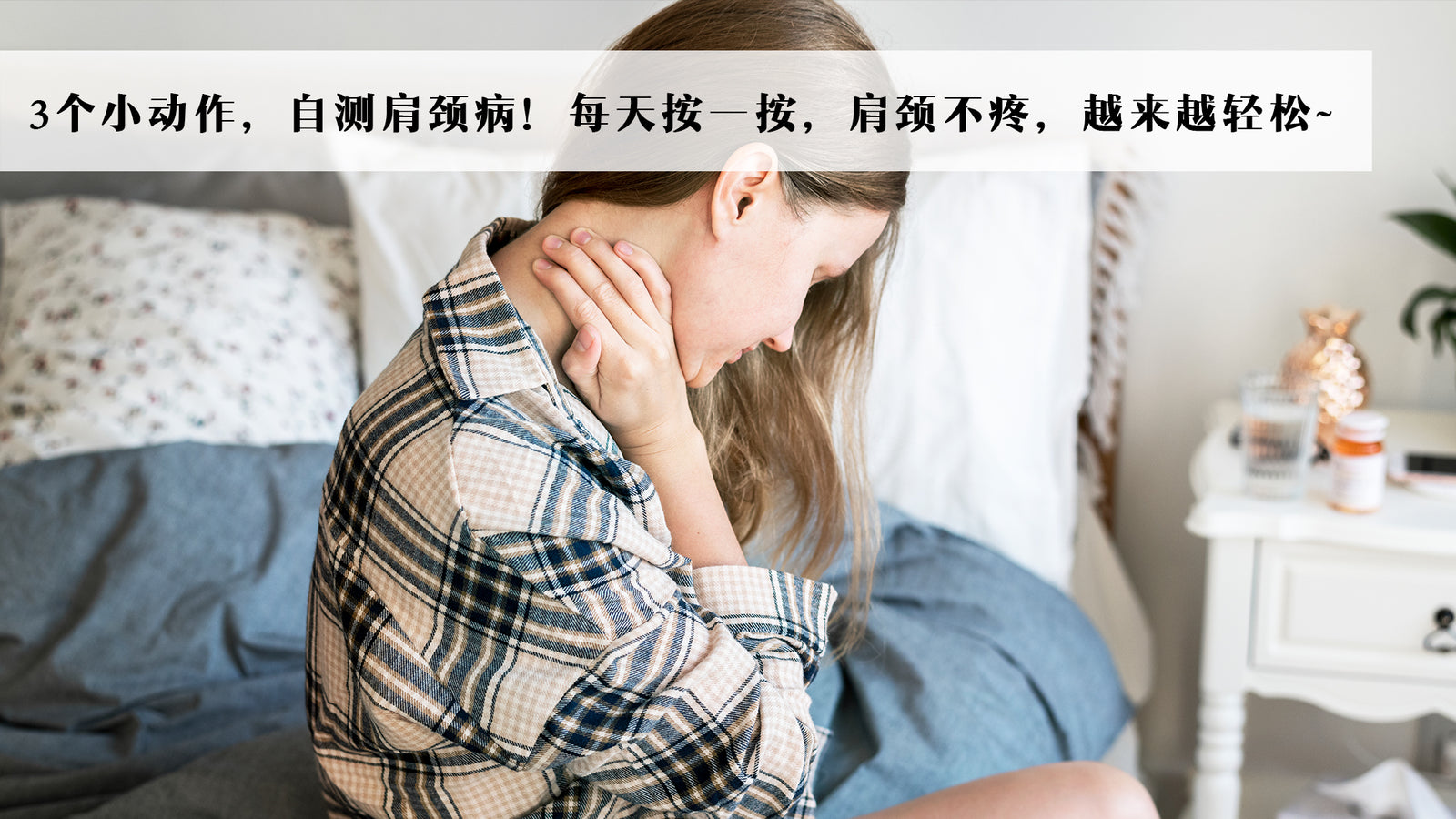Your Cart is Empty
🚛 FREE SHIPPING for order RM 120 & above
🚛 FREE SHIPPING for order RM 120 & above
🚛 FREE SHIPPING for order RM 120 & above
【不是中藥 itsherbs.com】Body Types
[不是中藥 itsherbs.com] Health Tips
【不是中藥 itsherbs.com】Media Reports • Announcement
【不是中藥 itsherbs.com】Body Types
8 major constitutions of traditional Chinese medicine
[不是中藥 itsherbs.com] Health Tips
Chinese Medicine // Wellness // Knowledge
【不是中藥 itsherbs.com】Media Reports • Announcement
Media Coverage • Announcements
4 min read

From the perspective of traditional Chinese medicine, this is related to cold. In TCM theory, "cold" or "cold qi" has three main characteristics—
First, cold belongs to yin evil and easily harms yang qi. This is one of the important viewpoints in the theory of etiology and pathogenesis in traditional Chinese medicine. Yang qi plays a warming role in the human body. Therefore, after yang qi is harmed, the body always feels cold and chilly.
Second, cold has a coagulating and stagnating effect. Coagulating means solidifying, and stagnating means stopping. After cold injures the human body, it causes qi and blood to coagulate and stagnate, leading to poor circulation. This results in blocked meridians, and blockage causes pain. Conditions like lower back pain and cervical spondylosis then begin to manifest.
Third, cold has the effect of contraction and traction. Contraction means shrinking, and traction means pulling. After being exposed to cold, the body's tendons and muscles contract and pull, which causes a sensation of pain.
From sore and aching shoulders to a stiff neck, often feeling a slight chill in the shoulders, difficulty raising the arms, the symptoms of shoulder and neck discomfort are varied. To determine if there is any discomfort in the shoulder and neck, you can test it with a few simple movements.
Action 1: Reach out and touch the back of the opposite side of the head, for example, use the left hand to touch the right ear. Simply put, it is the action of "combing hair." If you can complete this, it indicates that the forward movement of the shoulder joint is not restricted.
Action 2: Raise one arm sideways all the way up to directly above, resembling "raising hand to answer a question." If this can be done, it indicates the shoulder joint abduction ability is fine.
Action 3: Reach behind your back with your hand to touch the middle of the spine. If you can do this, it indicates that the shoulder joint's external rotation function is normal.
If you cannot smoothly complete these 3 movements, be cautious of shoulder and neck diseases, and pay attention to caring for your shoulders and neck in daily life.
Below is a practical massage method that can be used for daily relief of neck and shoulder pain.

Operation: Use the pads of both thumbs to massage the Fengchi acupoint for 2 minutes; using the same method, massage the Jianbailao acupoint for 2 minutes.
Quick Acupoint Location: The Jingbailao point is located on the nape, two cun above the depression below the spinous process of the seventh cervical vertebra (Dazhui point), one cun lateral to the posterior midline, on both sides (Figure ①). This point can be used for cervical muscle spasms, neck sprains with inability to turn the head, and stiff neck.
The Fengchi acupoint is located on both sides of the large tendon at the back of the head and forehead, parallel to the earlobes. It is situated below the occipital bone, parallel to the Fengfu acupoint, in the depression between the upper ends of the sternocleidomastoid muscle and the trapezius muscle (see Figure ①). This acupoint can be used for stiffness and pain in the neck, neck soreness, and stiff neck.

Operation: Pinch and press the Houxi acupoint for 2 minutes.
Quick Acupoint Location: The Houxi point is located on the ulnar side of the little finger, behind the head of the fifth metacarpal bone, at the outer edge of the origin of the abductor digiti minimi muscle (Figure ②). This point can be used for severe pain in the head and neck.

operate:Alternate between left and right hands, using the thumb and the pads of the other four fingers to massage the muscles on both sides of the neck for 2 minutes, focusing mainly on massaging the sore spots (see Figure ③).

Finally, alternate between the left and right hands, using the thumb and the pads of the other four fingers to pinch or knead the shoulder muscles for 2 minutes, then use the palm side to tap 10 times to complete (Figure ④).
Warm reminder: If you suffer from severe cervical spondylosis and experience serious symptoms such as dizziness or limb numbness, you should seek medical attention promptly.
